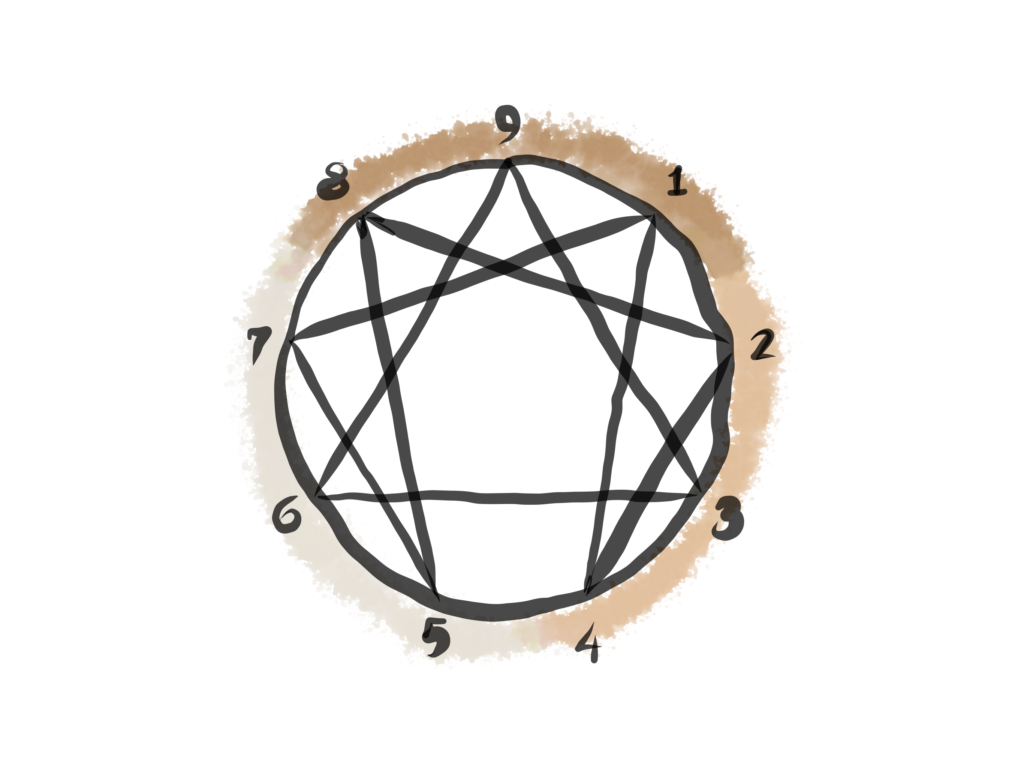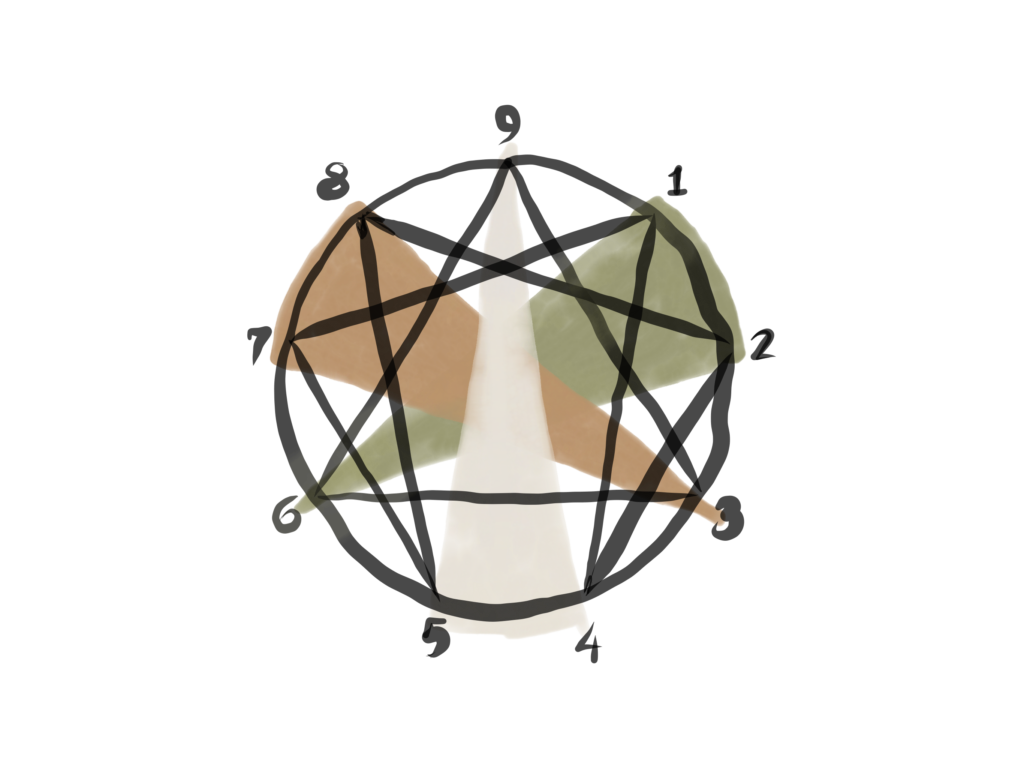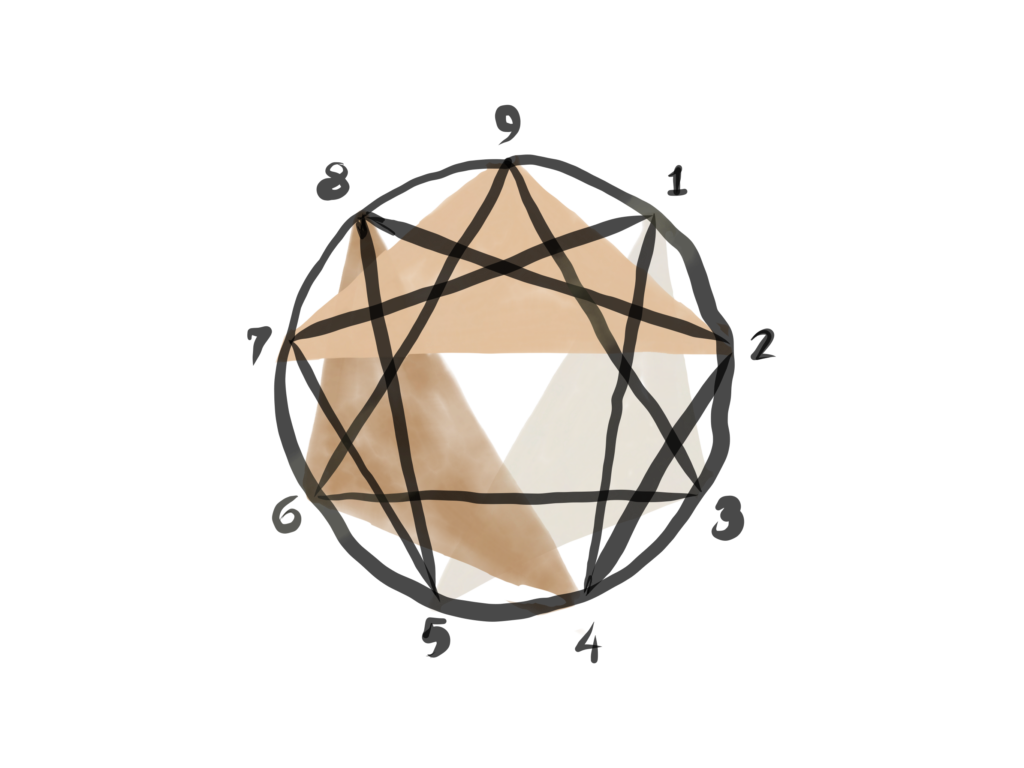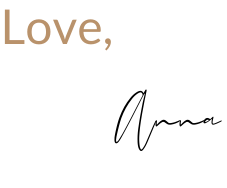Part 1: A simple overview
When I first learned about the Enneagram of Personality it wasn’t as mainstream as it is now. I found the system so interesting and was eager to discuss and share what I was learning, but most people I knew had never heard about it. I’m thrilled that in the last few years it has suddenly become so popular. There are lots of new Enneagram books, tons of online tests to discover your type, Enneagram Instagram accounts, Pinterest boards and cute Etsy products you can buy. So, I’m guessing if you’re reading this that you are already somewhat familiar with this wonderful tool?
If it’s something you’ve heard about, but you’re not really sure what it is, or if it feels overwhelming and you’re not sure where to begin, keep reading; this post is for you! I will give you an overview of the system, followed by a brief introduction to each type in my next post (Part II). Learning about the Enneagram of Personality will help you function better in the world because it allows you to work with your own reactions to life’s challenges more effectively and to understand that other people have equally valid, but different, ways of responding to situations in their own lives. The Enneagram is so much more than just a static indicator of your personality. It is a dynamic system that can show you the way to personal transformation and spiritual growth.
History
The symbol and the philosophy of the Enneagram can be traced back to antiquity. The “Traditional Enneagram”, however; only goes back to the 1960’s when Oscar Ichazo was first teaching it in South America and later in the US. One of Ichazo’s students was Claudio Naranjo, a Chilean-born psychiatrist. Naranjo taught his own understanding of the Enneagram in the United States in the early 1970s, and influenced others including some Jesuit priests who adapted the Enneagram for use in Christian spirituality. Among Naranjo’s early students there are also numerous authors who began publishing widely read books on the Enneagram of Personality in the 1980s and 1990s. In the past 50 years the uses of the Enneagram has expanded into organizational development, education, psychotherapy and many other fields.

The model
The Enneagram is a model of the human psyche based on nine integrating personality types. The meaning and placement of the numbers on the Enneagram symbol have been refined over a long time. It provides wisdom and practices that support the work of becoming more awake and recognizing that there is much more to us than the habits of our personality type. The nine types are value neutral, meaning no type/number is higher or lower than another, hence no type is better or worse than another. You are born with a predisposition to one of the types and this core type doesn’t change throughout your life. As we grow older and develop ourselves, the changes we manifest take place within our type. Although everyone has one core or dominant type, we all have parts of all nine types in us.

Wings and arrows
The adjacent numbers on each side of a number are called wings. Your core type is more or less influenced by your wing. While your core type determines your personality, your wing adds another flavour to it. Some Enneagram teachers use the idea of both wings influencing the core type, while others teaches that we only have one wing. Either way, most people seem to have one wing that is more dominant.
When you look at the symbol of the Enneagram you also see lines connecting your core type to two other numbers. These connecting numbers are sometimes referred to as points of integration/growth and disintegration/stress, meaning that under different circumstances your core type will move in the direction of either of two connecting types.
Levels of development
Within each of the nine Enneagram type structures there are nine different levels of health or development. These different levels of development explain why people with the same type and wing can be so different. At different times of our lives we will find ourselves at different levels of development. At each Level, significant psychological shifts take place.
The more we move down the levels of health the more we disconnect from our True Nature, and hence overidentify with our personality. As we become more identified with our personality, we become more defensive, restricted and compulsive.
The more we move up the levels the more we’re in contact with our true Essence and the better we are at living in the present and being aligned and awake in all three centers of intelligence. We’re able to see our personalities more objectively and become more liberated from old patterns and beliefs.
(Read more about your Essence vs your Personality here.)
Centers of Intelligence
The Enneagram is broken into groups of three (triads). The most commonly referred to grouping is the Center of Intelligence. The nine types can be divided into three triads, each relating to a different center of intelligence: Body/Belly (Instinctual) Centre, Heart (Emotional) Centre, and Head (Intellectual) Centre. Depending on our type, our personality fixation is associated primarily in one of these centers, which shapes our way of relating to the world. All types have all three centers in us, but we all have an imbalance where we tend to either distort or block one center.
Enneagram type 8, 9 and 1 lead with their Body intelligence through instinct and are concerned with fairness and control of their environment. The common emotion in this triad is anger. Type 2, 3 and 4 rely primarily on the Heart center through mood, tone and feelings and are relationship oriented and concerned with self-image. These types carry a great deal of shame. Type 5, 6 & 7 rely first on their Head center through logic, reason and analysis and are information oriented. The driving emotion in this triad is fear.
(For more about the different centers read here.)

Hornevian groups
When I do typing sessions, I like to start by identifying which Hornevian group my client belongs to, in others words; what their social style is. This grouping deals with the way each enneagram type interacts with other people in order to get what they desire. Hornevian Groups are based off of the Hornevian Model which are named after Karen Horney who first discovered that there were groupings based on how people interact with others. The three Enneagram Hornevian Groups are broken down into the Dutiful Group, the Withdrawn Group and the Assertive Group.
The Dutiful Group consists of types 1,2, and 6, who are all dutiful in their own ways as they move toward people in hopes of earning what they want (autonomy for 1’s, attention for 2’s, or security for 6’s).
The Withdrawn Group consists of types 4, 5, and 9, who are all withdrawn in their own ways and move away from people in hopes of earning what they desire (attention for 4’s, security for 5’s, or autonomy for 9’s).
The Assertive Group consists of types 3, 7, and 8, who are all assertive in their own ways as they move against people in hopes of earning what they desire (attention for 3’s, security for 7’s, or autonomy for 8’s).

Harmonic Groups
A third grouping is the Enneagram Harmonic Groups, which refers to how each type copes with conflict and defend against disappointment. Exploring the groupings is a great way to narrow down your type if you are unsure of which your core type is.
The Positive Outlook Group consists of types 7, 9, and 2. They each put emphasis on different ways of being positive when faced with conflict or disappointment. The Competency Group consists of enneagram types 1, 3, and 5. These types all manage feelings in different ways and have different ways of relating to systems and rules, but it is all in a competency minded way. The Reactive Group consists of enneagram types 4, 6, and 8. This group is also sometimes called the Emotional Realness group or Intensity group. Each of these types have strong reactions (and needs reactions from others) when faced with disappointment and/or conflict but it is shown in their own reactive ways.

Instincts
The three instinctual variants, also referred to as subtypes, are another distinction that adds depth and complexity to the Enneagram. Learning the instincts can be extremely helpful in discovering your type. As humans we all have three instincts hard-wired in us for our survival; self-preservation, sexual and social. One of these instincts is dominant, the second one supports the dominant one and the third one is not as developed and becomes our blind spot. This is called an instinctual stack and it has a profound influence on our personalities. When we take into consideration that each of the 9 types can have 3 different dominant instincts, we end up with 27 unique combinations.
Finding your type
The Enneagram is like a map of your inner landscape. Discovering your type and becoming familiar with its default patterns can help you get really clear on what’s keeping you from manifesting your gifts in the world and guide you on your personal and spiritual journey leading to true and lasting fulfillment.
When you find your type, you identify where you are on the map. Only when you know where you are can you begin to map out where you are going. If we choose the wrong type we are lost. Having said that, the process of discovery can be an important journey of its own. (Here‘s how long it actually took me.)
Sometimes how we want to see ourselves or how we want others to see us is different from how we actually are. Be as honest as you can with yourself. And keep in mind that the point of the Enneagram is not to change your type or fix anything. You are not broken. You have just forgotten who you truly are.


ADD A COMMENT